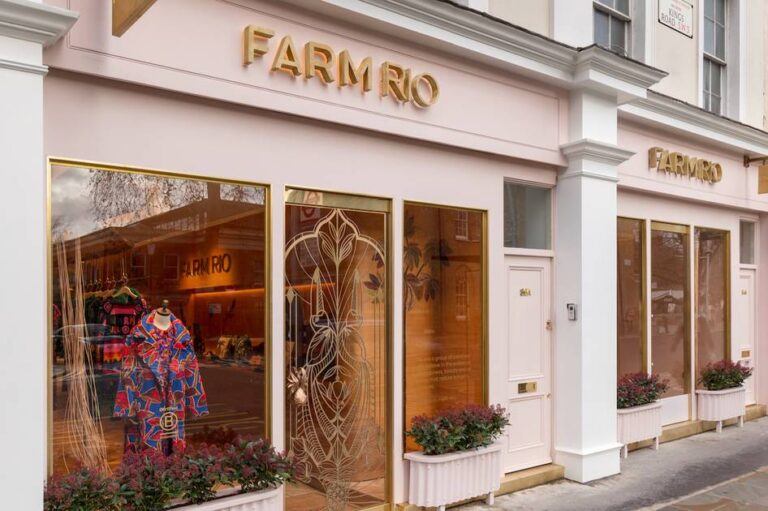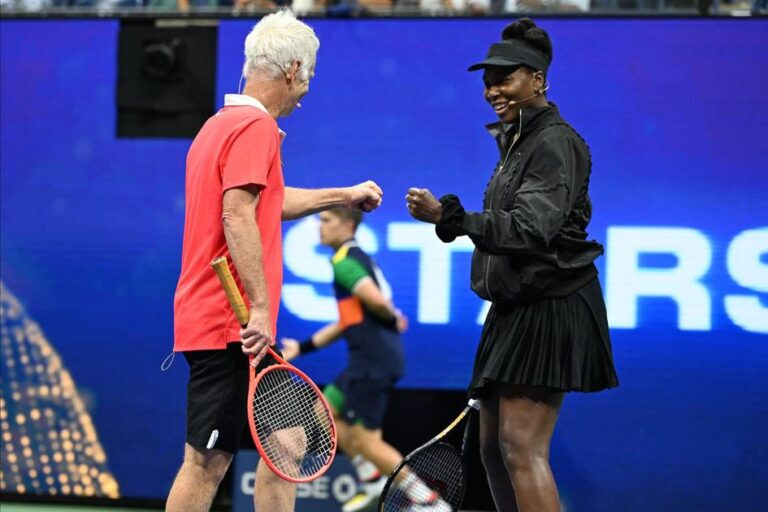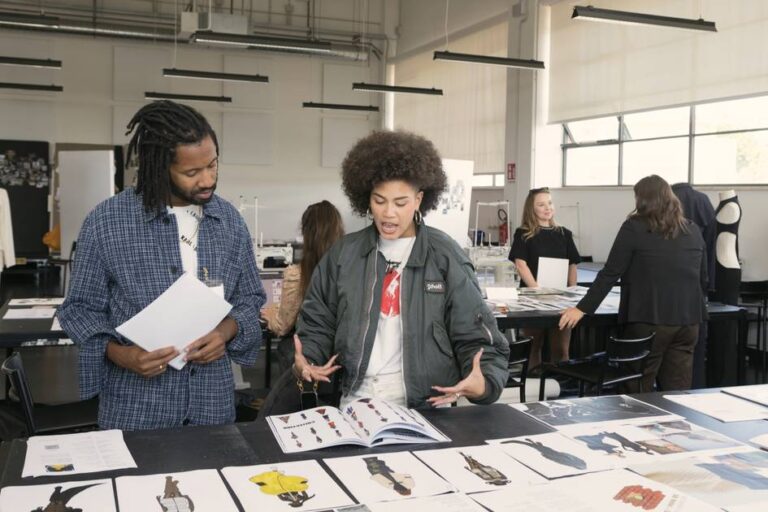Kenyan Designers Craft Stunning Art from Upcycled Fashion Waste

Amidst the bustling streets of Kenya’s vibrant open-air market, fashion models gracefully parade down a makeshift runway, showcasing striking outfits crafted from waste materials. This innovative display highlights how even discarded items can be transformed into dazzling fashion statements.
Each year, a significant volume of used clothing arrives in Kenya from Europe, the United States, and other regions. In 2023, Kenya surpassed Nigeria to become Africa’s leading importer of second-hand garments, as reported by a study from the Massachusetts Institute of Technology (MIT).
The Gikomba market, a sprawling five-acre area near central Nairobi, sees thousands of bales filled with clothes—a crucial economic center for the city. Just last week, a sunny afternoon attracted countless spectators eager to see models showcasing pieces previously deemed unwearable.
“What? They’ve upgraded our clothes!” exclaimed a trader, visibly delighted as he watched the creative show unfold.
Gikomba Runway Edition
The Gikomba Runway Edition brought together emerging Kenyan designers and stylists for the first time. Morgan Azedy, a 25-year-old upcycling expert, was among the talented participants. “I always see the environment around me dirty… I wanted to control pollution,” he shared with AFP while preparing his avant-garde designs in his modest single-room home.
His “Kenyan Raw” collection showcased streetwear inspired by denim and gothic aesthetics, all constructed from upcycled leather sourced from dumpsites and unsold fashion items.
‘Just Garbage’
According to the MIT study, Kenya imported approximately 197,000 tonnes of second-hand clothing valued at $298 million in 2023. A global research network, the Environment for Development, estimates that about one-third of these items are unsuitable for use, ultimately ending up in landfills. Many of these materials, including nylon and polyester, are not biodegradable.
Designer Olwande Akoth, who presented her upcycled kimonos at the show, recounted her previous experience trading second-hand bales, often feeling disheartened by their quality. “It’s just garbage… you wouldn’t even give it to a beggar,” she shared.
This influx of second-hand garments has generated employment for hundreds of thousands across East Africa, including port handlers and traders, while also offering affordable clothing options. However, it has posed challenges for local textile production.
In 2016, the East African Community attempted to impose a ban to support domestic textile industries, but faced opposition from recycling advocates in the United States. Washington threatened the region with removal from the beneficial African Growth and Opportunity Act (AGOA), which enabled duty-free exports to the US.
Countries like Kenya, Tanzania, and Uganda eventually backed down, but Rwanda remained steadfast, resulting in suspension from the AGOA’s preferential rates. Recently, discussions have been initiated to revive AGOA, which expired under the Trump administration’s oversight.
‘Uniqueness’
For Azedy, the trade deals have resulted in mountains of discarded clothing—a gold mine for his creativity. He noted that purchasing new fabric is often prohibitively expensive.
On the runway, an oversized pair of denim pants was beautifully reimagined into a tiered jacket paired with flared trousers and platform shoes. His pursuit of “uniqueness” in repurposed garments earned him recognition at Berlin Fashion Week last year.
Having styled various regional musicians, Azedy aspires to take these transformative pieces to prestigious stages in New York and Paris, turning what many consider trash into high fashion.
What are your thoughts on how sustainable fashion can reshape industries and communities?





